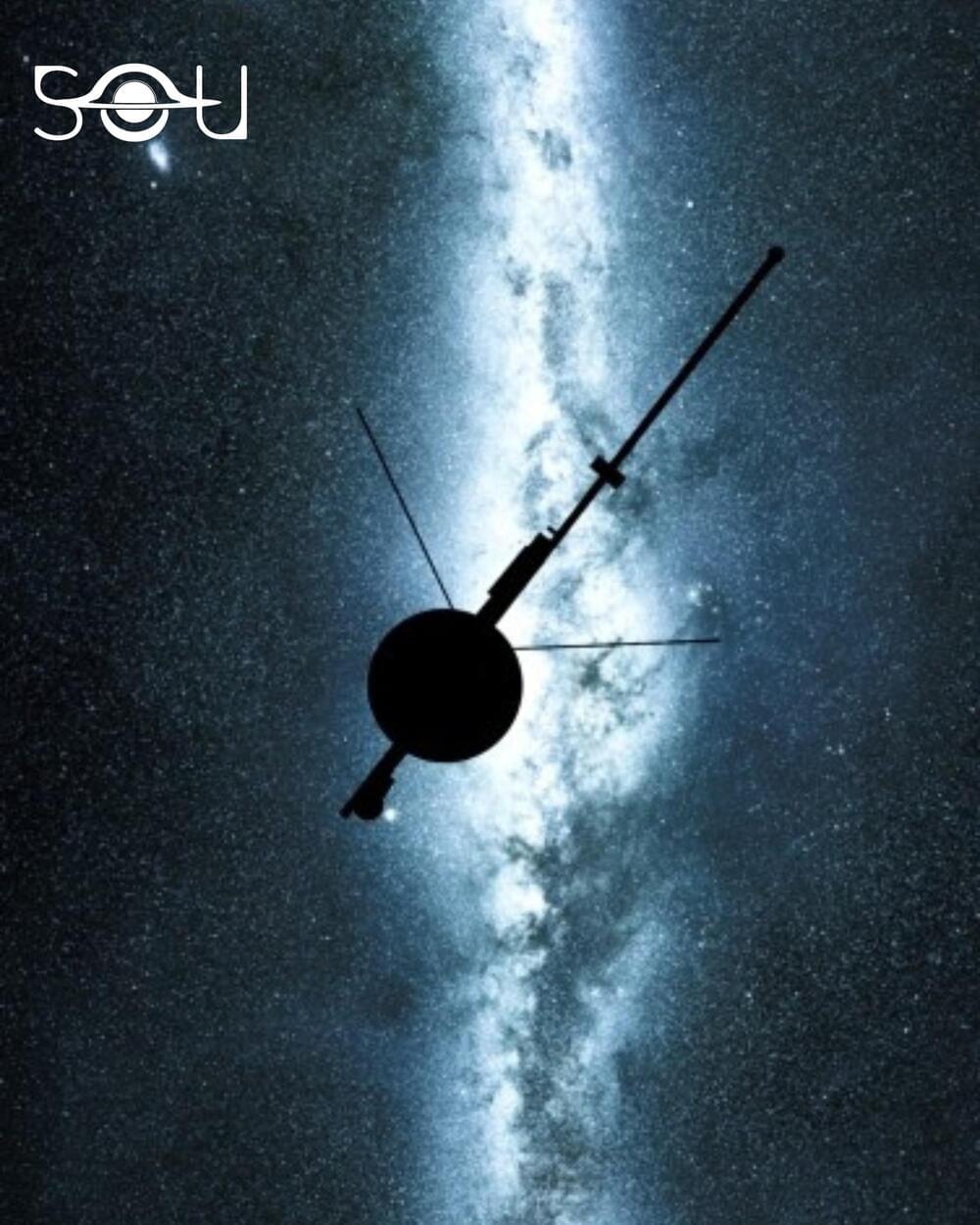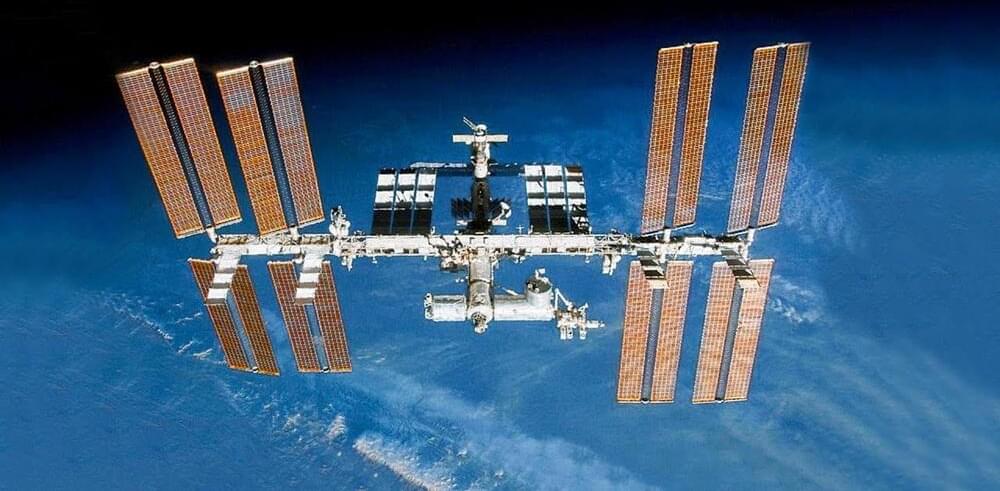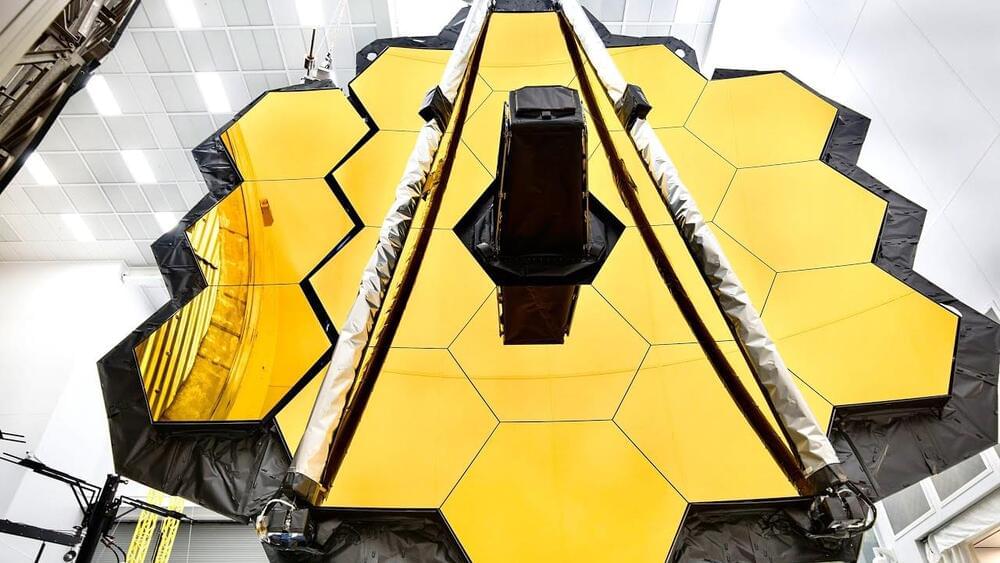O No!
A GOOGLE engineer who says the tech giant has created a ‘sentient AI child’ is now claiming it could escape and do “bad things”.
Engineer Blake Lemoine has been suspended by Google, which says he violated its confidentiality policies.
News of Lemoine’s claims broke earlier in June but the 41-year-old software expert has since suggested to Fox News that the AI could escape.
Please share this event with someone that you care about.
Would you like to make a Donation to Perpetual Life? Your donations help us grow & improve our services. To donate, go to our website http://Perpetual.Life and use the PayPal button at the top right of the page. Thank you for your generous donations, we appreciate it immensely!
“Our task is to make nature, the blind force of nature, into an instrument of universal resuscitation and to become a union of immortal beings.“
- Nikolai F. Fedorov.
We hold faith in the technologies & discoveries of humanity to END AGING and Defeat involuntary Death within our lifetime.
Working to Save Lives with Age Reversal Education.
========== Perpetual Life Creed ==========
Update your world view. Excellent book.
Enjoy features only possible in digital – start reading right away, carry your library with you, adjust the font, create shareable notes and highlights, and more.
If Agi does arrive in mid this decade id expect game development to be fully automated by 2030. Along w/ rest of most of creative — entertainment industries.
As deep-learning AI models continue to improve, the implications for future Xbox and Windows PC games are truly staggering.
Amazon scientists will contribute to this year’s two-day CONSEQUENCES+REVEAL workshop hosted during the ACM Recommender Systems (RecSys), the premier conference… See more.
Two-day RecSys workshop that extends the popular REVEAL to include CONSEQUENCES features Amazon organizers, speakers.
It’s time to #UnfoldTheUniverse. Watch as the mission team reveals the long-awaited first images from the James Webb Space Telescope. Webb, an international collaboration led by NASA with our partners the European Space Agency and the Canadian Space Agency, is the biggest telescope ever launched into space. It will unlock mysteries in our solar system, look beyond to distant worlds around other stars, and probe the mysterious structures and origins of our universe and our place in it.
All about Webb: https://webb.nasa.gov
The latest in the company’s series of AddArmor vehicles, the 2022 B6 Escalade features lightweight B6 AR 500 bullet-resistant material in every body panel that offers B6-level protection, plus B6-level reinforced glass that can sustain prolonged strikes from rocks, bats, or other blunt objects, the company claims. A PA siren system (to disperse crowds) and run-flat tires also help prepare the Escalade for dangerous situations. B6 protection is the highest level of civilian pr… See more.
The 2022 B6 Cadillac Escalade will let drug kingpins travel with the peace of mind that shots from an assault rifle can’t penetrate their luxury SUV.
Join us on Patreon!
https://www.patreon.com/MichaelLustgartenPhD
Cronometer Discount Link:
https://shareasale.com/r.cfm?b=1390137&u=3266601&m=61121&urllink=&afftrack=
Papers referenced in the video:
Depletion of gut microbiota induces skeletal muscle atrophy by FXR-FGF15/19 signalling.
https://pubmed.ncbi.nlm.nih.gov/33783283/
Gut microbiota regulates bile acid metabolism by reducing the levels of tauro-beta-muricholic acid, a naturally occurring FXR antagonist.
https://pubmed.ncbi.nlm.nih.gov/23395169/
Fibroblast growth factor 19 regulates skeletal muscle mass and ameliorates muscle wasting in mice.
https://pubmed.ncbi.nlm.nih.gov/28650457/









